Western Fence Lizards (Sceloporus occidentalis) are fascinating reptiles that inhabit various regions of the western United States.
Nature enthusiasts and researchers have shown great interest in these lizards’ unique appearance and fascinating behavior. A commonly asked question among those who study these reptiles pertains to their size. Specifically, how big do western fence lizards get?
Let’s explore the dimensions of Western Fence Lizards in this article, including their typical size range, variations, and the factors that affect their growth.
Size Range of Western Fence Lizards
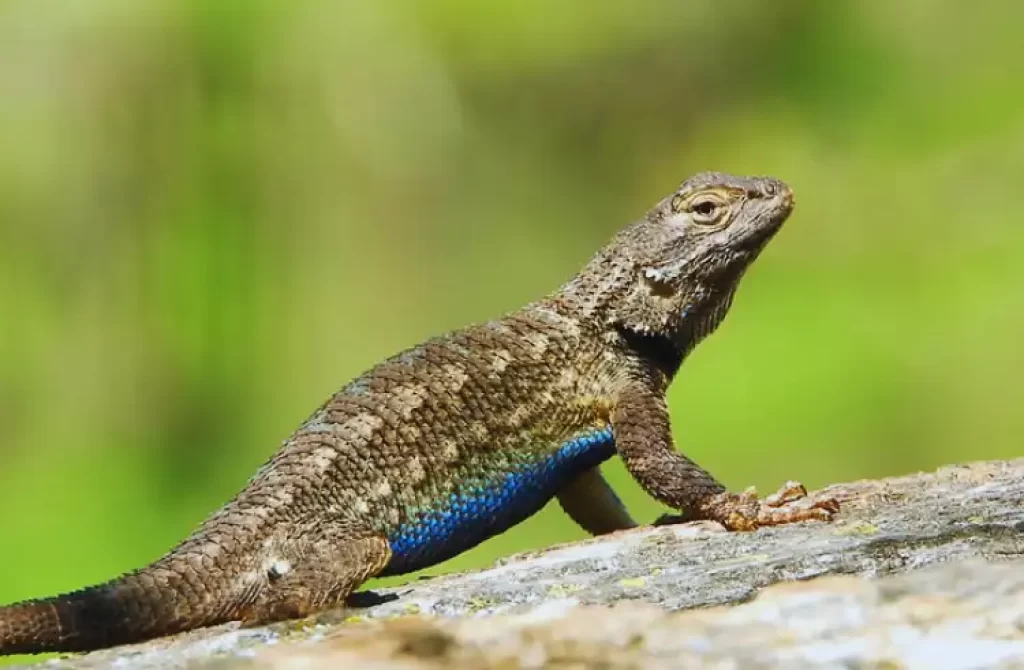
Size is a fascinating aspect of Western Fence Lizards, and understanding the range of their dimensions provides valuable insights into their biology and ecological dynamics.
Regarding the size of Western Fence Lizards, sexual dimorphism plays a significant role. Adult males, on average, tend to be larger than females.
These charismatic reptiles typically measure between 4 to 7 inches (10 to 18 centimeters) in snout-to-vent length (SVL).
SVL refers to the measurement from the tip of the snout to the posterior opening of the vent, which is the external opening of the cloaca. It is the standard measurement used to determine the size of lizards.
While the average size range for adult males falls within 4 to 7 inches, it is essential to note that exceptional individuals can surpass these measurements. Some larger males have been documented reaching lengths of up to 8 inches (20 centimeters) or even more.
These outliers highlight the potential for significant size variation within the male population of Western Fence Lizards.
Factors Influencing the Size of Western Fence Lizards
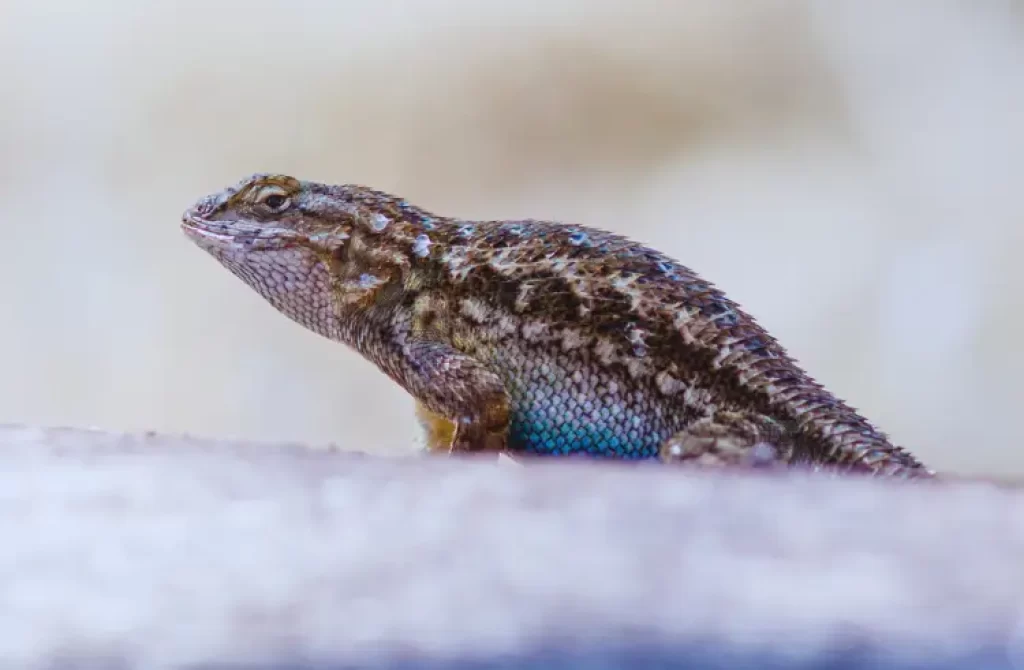
Several factors influence the size of Western Fence Lizards. Genetics play a significant role, as individuals inherit their growth potential from their parents.
Environmental factors such as habitat quality, resource availability, and population density can also impact lizard growth. In areas with abundant food resources and suitable conditions, lizards grow larger than those in less favorable environments.
Additionally, age and reproductive status can affect the size of Western Fence Lizards. Juvenile lizards are smaller than adults and gradually increase in size as they mature.
The reproductive rate of females may also impact their size, as egg production can temporarily reduce their body size.
Geographic Variations in Size
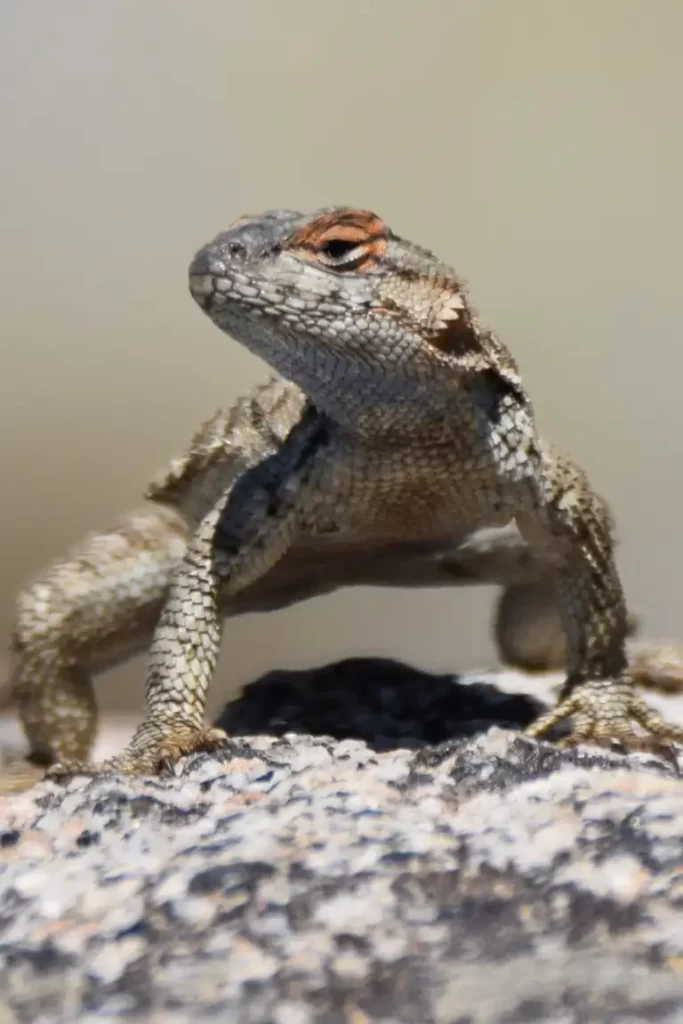
Geographic variations in size among Western Fence Lizards add an intriguing dimension to our understanding of these reptiles. Across their range, there are observable differences in body dimensions among lizards from different regions.
One notable geographic variation in size is observed between populations in southern and northern areas.
Lizards from southern populations generally tend to be smaller in size compared to their counterparts from northern populations.
This trend has been documented in several studies and is thought to be influenced by various factors, including environmental conditions and resource availability.
Southern regions often experience harsher environmental conditions, such as higher temperatures and lower rainfall, which can limit the availability of food resources.
Lizards may have reduced access to abundant and nutritious food sources in these areas, resulting in slower growth rates and smaller body sizes.
In contrast, northern populations of Western Fence Lizards inhabit areas with more favorable environmental conditions, including milder temperatures and higher precipitation levels.
These regions may provide a more abundant and diverse range of food resources, allowing lizards to grow larger and reach their maximum potential size.
Do Western Fence Lizards from urban areas tend to be smaller compared to those in natural habitats?
Research suggests that Western Fence Lizards living in urban areas may exhibit smaller body sizes than their counterparts in natural habitats. Urban environments often present different ecological conditions, such as limited available habitat, reduced food resources, increased human disturbance, and higher pollution levels.
These factors can influence the growth and development of lizards, leading to smaller body sizes.
However, it’s important to note that individual variation and local conditions can also play a role, and not all urban populations of Western Fence Lizards will necessarily exhibit smaller sizes. Further studies are needed to fully understand the extent of size differences between urban and natural populations.
Note: Other factors like genetic variations and local adaptations may also contribute to the observed size differences among Western Fence Lizards.
The Importance of Size in the Life of Western Fence Lizards
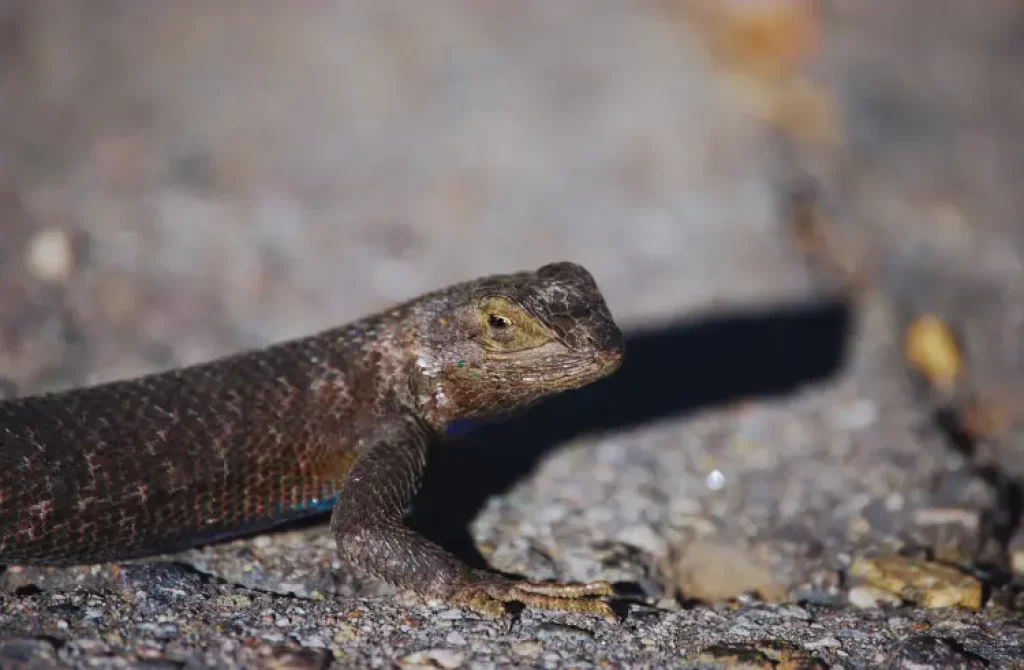
Size plays a crucial role in the life of Western Fence Lizards. The larger size can confer advantages in terms of mate selection, territorial defense, and competition for resources.
Larger males often have a better chance of attracting mates and defending their territories against rivals.
It is worth noting that size is just one aspect of an individual’s overall fitness, and other factors such as behavior, health, and reproductive success also contribute to their overall survival and success in their ecosystem.
How does the size of Western Fence Lizards vary among different subspecies?
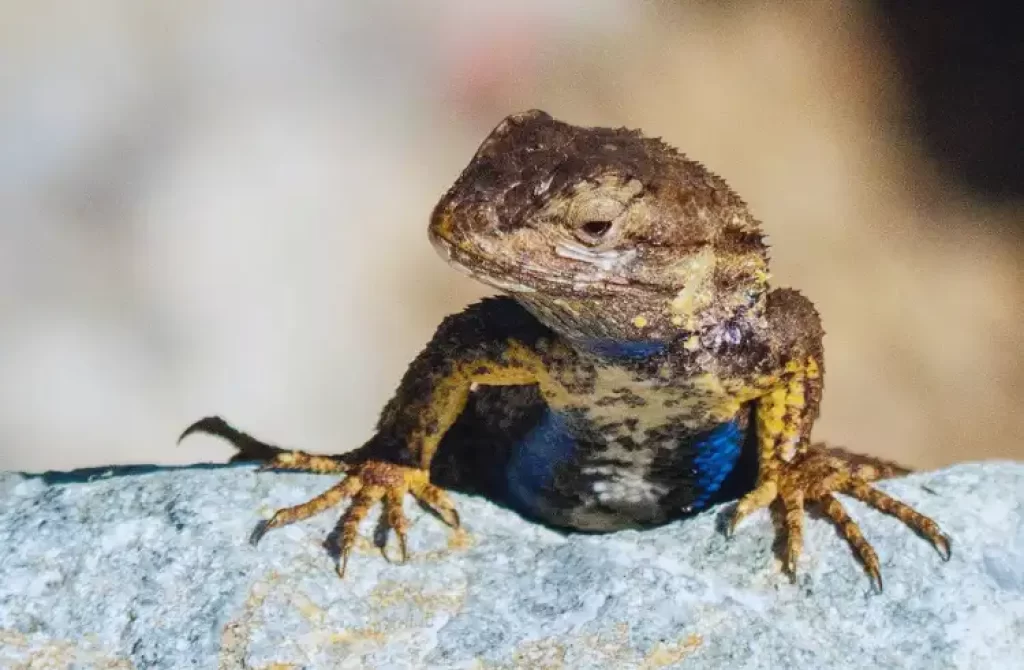
The size of Western Fence Lizards can vary among different subspecies. There are several recognized subspecies of Western Fence Lizards, including Sceloporus occidentalis biseriatus, Sceloporus occidentalis becki, and Sceloporus occidentalis occidentalis, among others.
These subspecies can exhibit variations in body size, coloration, and other morphological characteristics.
However, it’s important to note that the variations in size among subspecies are generally subtle. Western Fence Lizards, regardless of subspecies, typically have a similar body structure and size range.
On average, adult males can reach a length of around 8-10 inches (20-25 cm), including their tail, while adult females tend to be slightly smaller, ranging from 6-8 inches (15-20 cm) in length.
It’s worth mentioning that individual variation within a subspecies can also occur, meaning that not all lizards within a specific subspecies will have precisely the same size.
Do male Western Fence Lizards continue to grow in size as they age?
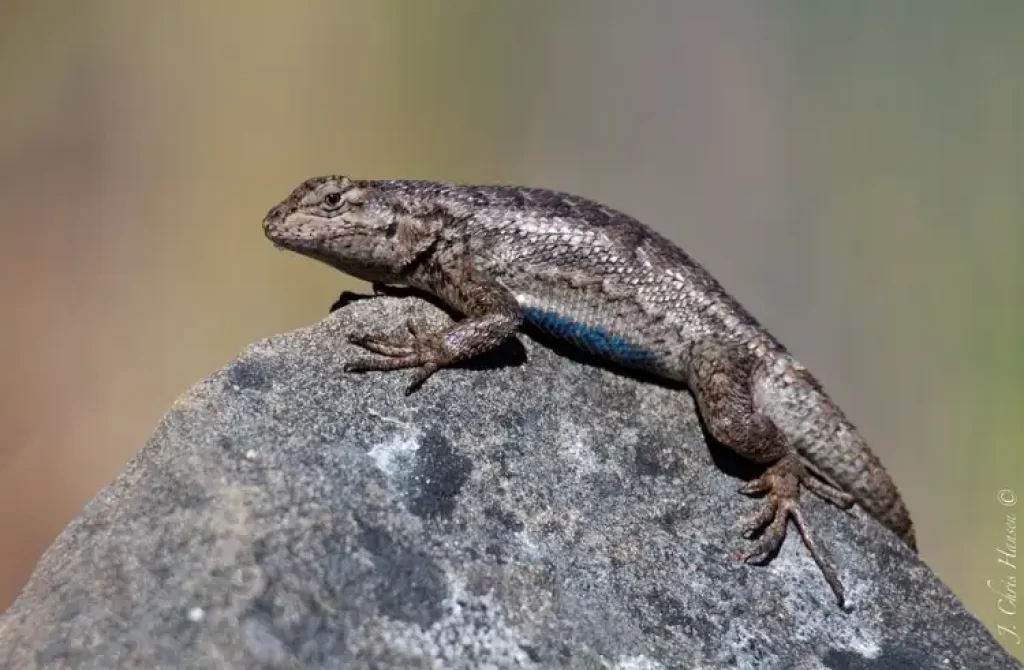
Male Western Fence Lizards generally reach their adult size by the time they reach sexual maturity, typically around 1-2 years of age.
After reaching maturity, their growth rate slows significantly and undergoes minimal size changes. Therefore, it is not common for male Western Fence Lizards to continue growing in size as they age.
However, individual variation exists, and some males may experience slight size increases throughout their lifespan due to factors like diet and overall health.
These size changes, if any, are generally minimal and may not be noticeable without detailed measurements.
Frequently Asked Questions (FAQ)
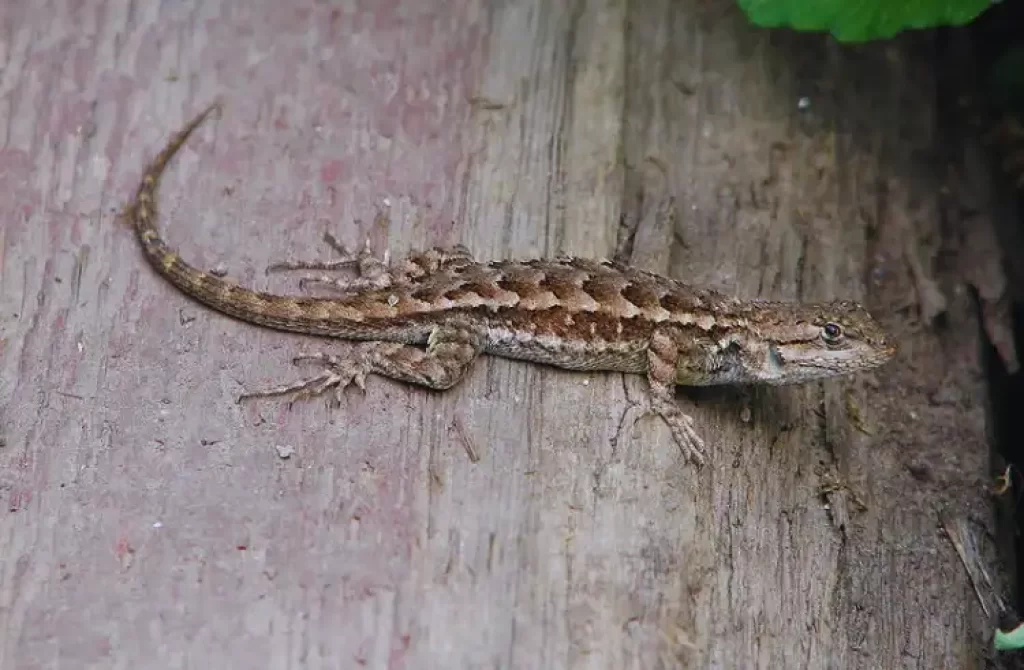
Are there any size variations between Western Fence Lizards in coastal regions versus inland areas?
Yes, there can be size variations between Western Fence Lizards in coastal regions and those in inland areas. One factor that can influence size differences is the availability of resources and environmental conditions in each habitat.
In general, Western Fence Lizards in coastal regions, where the climate tends to be milder and more humid, may have slightly larger body sizes compared to those in inland areas. This can be attributed to the abundance of food resources and favorable conditions that support their growth.
On the other hand, Western Fence Lizards in inland areas, which may experience more extreme temperatures and limited food availability, may exhibit slightly smaller body sizes due to adapting to these harsher conditions.
What is the average size of adult male Western Fence Lizards in inches?
The average size of adult male Western Fence Lizards is approximately 7-8 inches long, excluding the tail.
Are there any documented cases of Western Fence Lizards exceeding the average size range?
Yes, there have been documented cases of Western Fence Lizards exceeding the average size range. Some individuals can grow slightly more prominent, reaching lengths of up to 10 inches or more, including the tail.
However, it’s important to note that these instances of larger-sized lizards are relatively rare compared to individuals within the average size range.
What is the average size of adult male Western Fence Lizards in inches?
The average size of adult male Western Fence Lizards is typically around 7 to 8 inches in length, measured from snout to vent.
When including the tail length, which makes up a significant portion of their overall size, adult males can reach a total length of approximately 11 to 12 inches. It’s important to note that individual lizards may vary slightly in size, but this range represents the general average for adult males of this species.
Do Western Fence Lizards vary in size based on their gender?
Yes, Western Fence Lizards do exhibit sexual dimorphism, which means there are differences in size and physical characteristics between males and females. In general, adult males tend to be larger than females.
Exploring the Dimensions of Western Fence Lizards
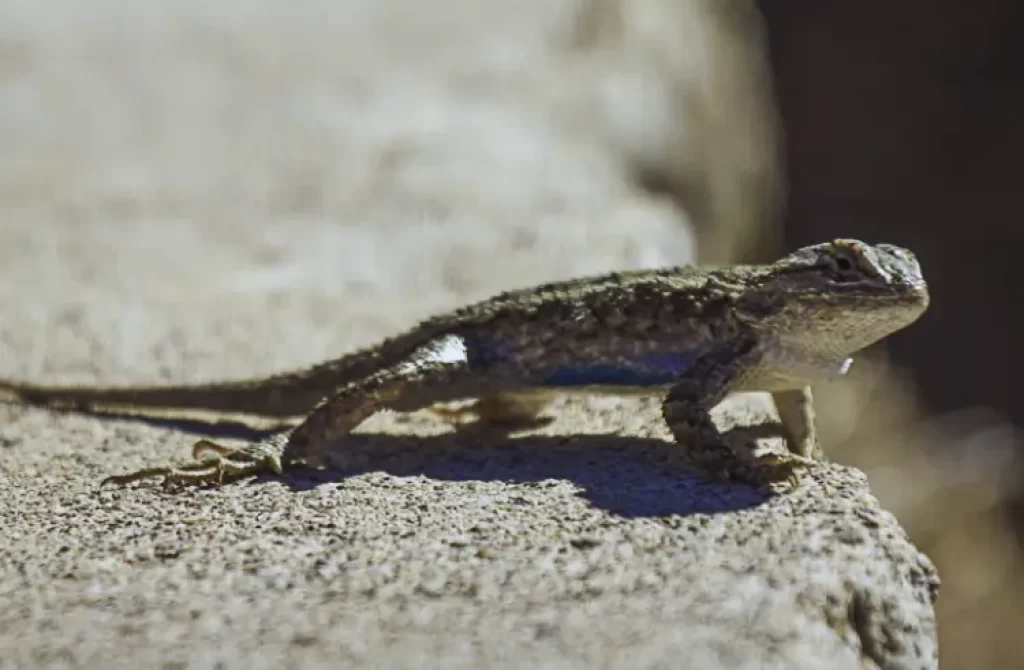
In conclusion, delving into the size of Western Fence Lizards has provided us with valuable insights into the dimensions of these fascinating reptiles.
By understanding their size ranges, sexual dimorphism, geographic variations, and factors influencing their growth, we gain a deeper appreciation for the diversity and adaptability of these lizards.
While this article has shed light on the size-related aspects of Western Fence Lizards, there is still much to learn and discover about these captivating creatures.
If you found this information intriguing and wish to expand your knowledge further, we encourage you to explore our other articles. Our collection encompasses a wide range of topics, including not only lizards but also various other animals.
By delving into the intricate details of different species and their characteristics, we better understand the natural world and its incredible biodiversity.
So, please take the opportunity to dive into the vast array of knowledge available and uncover more about the intriguing lives of Western Fence Lizards and the many other creatures that share our planet.
Remember, the quest for knowledge is limitless, and the more we explore and learn, the richer our understanding of the world becomes. Happy reading and may your curiosity lead you to new and exciting discoveries!






